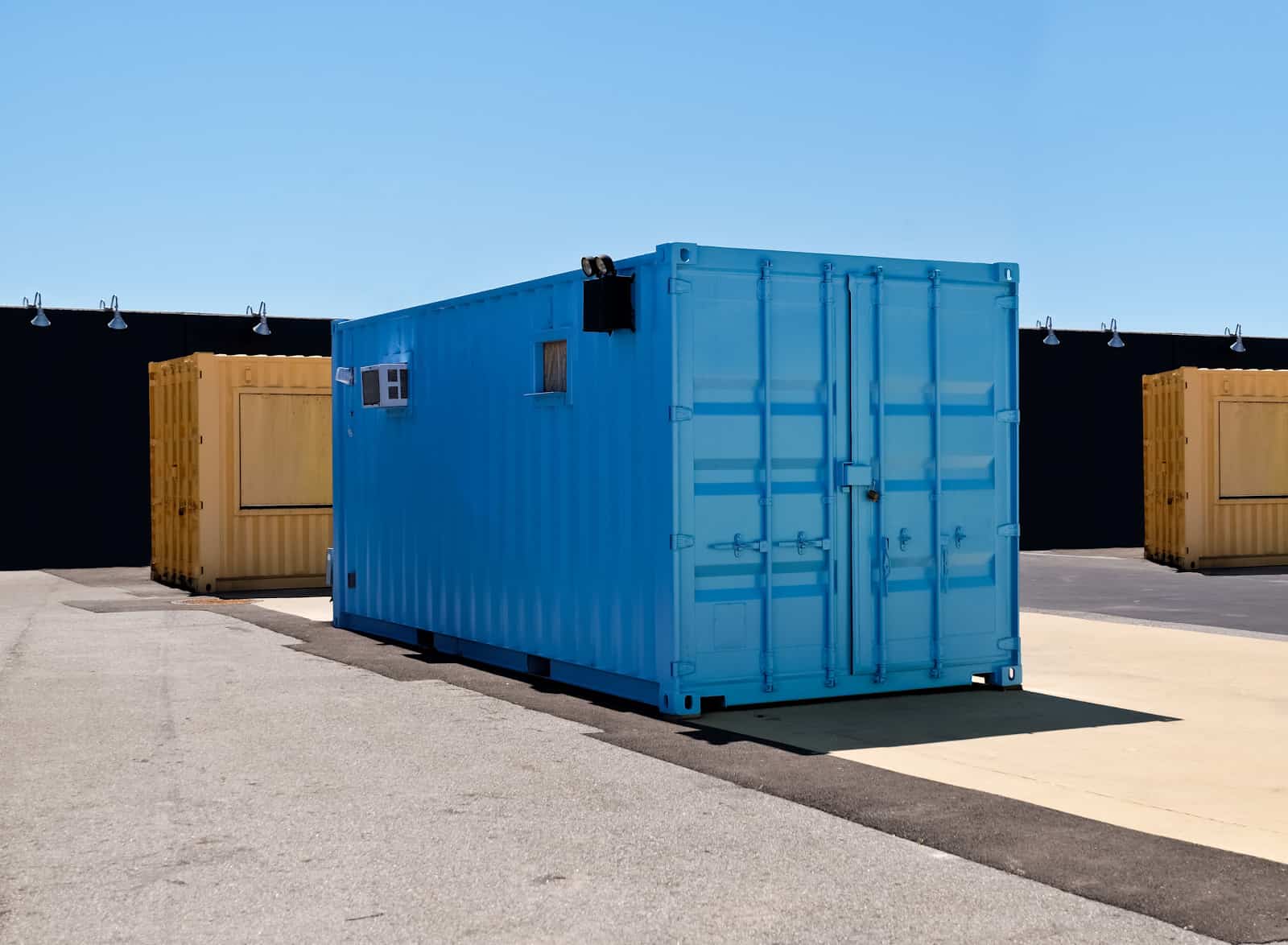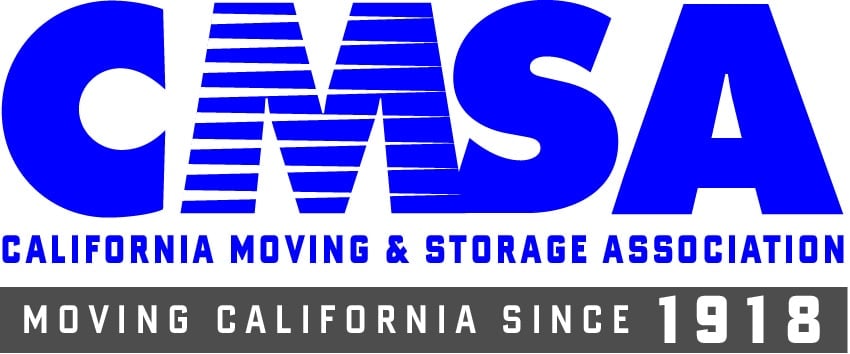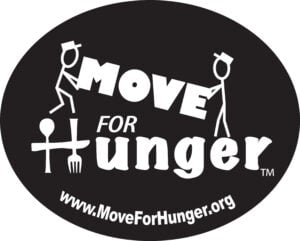PODS or pods are a convenient way to move or store your belongings. They provide the option to load and unload all of your possessions at your own pace and keep things in the pod until your new space is ready. While this may seem like a cost-effective and time-saving option, there are several situations in which you shouldn’t attempt to load a POD unit on your own.
POD loading is not an easy task and it requires careful planning and execution to avoid damaging your belongings or the POD container itself. If you’re not experienced in loading large items, you could end up causing serious injury to yourself or others.
Hiring a professional PODS loading company is your safest and most effective option. They have the experience and knowledge to properly load your things into the POD unit. They will be able to load your furniture and other items quickly and efficiently without putting you or your things at risk.
POD Storage Container Overview
PODS (portable on demand storage) is a moving method that involves using portable storage containers. The idea revolutionized the moving and storage industry when the portable storage container first debuted in 1998.
PODS containers are comprised of steel and aluminum, making them durable and weather-resistant. They come in different sizes, so you can choose the size that best fits your needs. PODS work perfectly for moving your belongings in both local and long-distance moves.
The Advantages and Disadvantages of Using PODS containers
PODS containers offer reliable and convenient storage and moving solutions. They have many advantages and disadvantages that you should consider before using them.
The Pros
- You can pack and load your belongings at your own pace.
- PODS are weatherproof and durable, so your stuff will be protected from the elements.
- They provide affordable storage and moving solutions, especially helpful for long-distance moves.
- There are sizing options to fit your needs.
- The moving company will drop the empty pod at your current place, help load your items, drive the container to your new location, and help unload it for you.
- Container companies can temporarily store your belongings in their warehouse if you need more time to move into your new place.
The Cons
- PODS are more expensive than renting traditional storage units or hiring professional moving companies to do it all in one day.
- You have to schedule a time for the PODS container to be delivered and picked up, as some areas have limited availability.
- It requires space to store the container on your property. You may need permission from your homeowner’s association or local government.
- If your PODS are stored on your property, the security of your belongings is your responsibility.
- If you use a PODS storage facility, there will be limited access to your belongings as you have to schedule a time for them to open the storage unit.
What Are the Different PODS Container Sizes?
PODS are intended to accommodate the contents of a regular household. They come in three sizes to cater to different needs.
8-Foot Containers
The 8-foot container is the smallest and most popular size. It can hold the contents of a studio apartment or one bedroom’s worth of furniture. The maximum weight limit for the 8-foot container is 4,200 pounds.
12–Foot Containers
The 12-foot container is the average size and can hold the contents of a two to three-bedroom home. The maximum weight limit for the 12-foot container is 4,700 pounds.
16–Foot Containers
The 16-foot container is the largest size and can hold the contents of a three to four-bedroom home. The maximum weight limit for the 16-foot container is 5,200 pounds.
Depending on the size of your move, you will need to decide which PODS size is right for you. Larger households may require the use of multiple containers.
What Can Go Wrong When Loading a Moving Container by Yourself
It can be a great option for your wallet to load your own PODS container, but there are a few things that can go wrong if you attempt to do this yourself.
You can easily damage your belongings or hurt yourself when loading a moving container if you’re not careful. Here are some of the most common mistakes people make when packing their own moving containers:
Not Preparing Your Property
Many people don’t realize how much space a moving container takes up. You need to have enough space on your property to store the container and enough room in front for loading and unloading your stuff.
PODS containers are approximately the same size as two parking spaces. They need to be placed on level ground to ensure that they don’t topple over and that your stuff inside remains balanced.
Not Planning Ahead
Another common mistake people make is not planning well, and they don’t consider the time and effort it will take to load and unload their belongings.
Planning gives you time to decide what you will pack, how you will load it, and what size container you need. It allows you to make an inventory or take pictures of your items so you know what’s going into each box. Planning gives you time to get the necessary packing supplies, such as boxes, tape, and bubble wrap.
Packing in a Hurry
When you’re packing in a hurry, it’s easy to make mistakes. For example, you put heavy items in the wrong box. You might also pack fragile items without proper protection, leading to them breaking during the move.
Packing in a hurry can result in damaged items and a stressful move. It can also lead to injuries. If you’re lifting heavy boxes and furniture, you can easily strain your back or injure yourself.
Not Measuring Your Furniture
It’s crucial to take accurate measurements of your belongings before renting a moving container, especially with large items like your furniture.
If you don’t measure your furniture, you could end up with a container that’s too small or too large. If the container is too small, you might have to leave some of your belongings behind. If the container is too large, you’ll be paying for space that you’re not using.
Incorrectly Loading the Container
You need to be careful when loading your belongings into the storage container. The items should be placed in the container in a way that prevents them from shifting during transport.
When packing, heavy and odd-shaped items should be placed on the bottom of the container, and smaller and lighter items should be placed on top of the container. Garbage bags filled with soft items like clothes, stuffed animals, and pillows can be used to fill empty spaces. You should also use furniture pads and cardboard to cover the floor space.
Remember not to stack boxes too high as this could make the container unstable. At the same time, you should turn couches and mattresses on their side to fit them into the container.
Not Enough Bubble Wrap
A common mistake people make when packing their moving containers is not using enough bubble wrap and other packing materials. These items are essential for protecting your fragile belongings during the move.
Packing peanuts, duct tape, and moving blankets are excellent packing materials. Cardboard boxes also provide greater protection than plastic bags. Be sure to use plenty of these materials, especially when packing fragile items. Not using enough packing materials is a mistake that could cost you in the long run.
Not Labeling Boxes
Another mistake people make is not labeling their boxes. This makes it difficult to find items when unpacking at your new home.
Be sure to label all your boxes with the contents and the room where they belong. You can also use different colored labels for different rooms. This will make unpacking much easier and less stressful.
Boxes with fragile items should be labeled so they can be handled with extra care. Make sure that fragile items are individually wrapped and well-protected.
Overpacking or Under-Packing Boxes
When packing your boxes, it’s essential to strike a balance. You don’t want to overpack or under-pack them.
Overpacking a box can make it too heavy to lift and cause the bottom of the box to cave in, damaging your belongings. Under-packing a box leaves empty space that could cause your belongings to shift during transport.
When packing a box, fill it to the brim, but don’t make it too tightly packed. Leave some room for packing material, such as bubble wrap or packing peanuts.
Packing boxes that are too heavy is a common mistake people make when loading their storage containers. Be sure to lift with your knees, not your back, to avoid injury.
Not Securing Your Belongings
Once you’ve packed your belongings into the storage container, you need to make sure they’re properly secured. This means using loading straps or braided rope to secure your boxes and furniture so they don’t shift during transport.
If your belongings are not properly secured, they could slide around and get damaged. They could also fall out of the container once it’s opened.
You need to ensure that your container door is secured with a strong padlock, preventing anyone from breaking into your container and stealing your belongings.
POD Loading Is Not a DIY Job
Packing and loading a storage container is not a do-it-yourself job. If you don’t have experience packing and loading a POD moving container, you should get professional loading assistance.
Here are some packing and loading must-dos that professionals will surely know:
- Ensure that important documents, jewelry, electronics, and other valuables are not loaded in the container, but rather are kept with you during the move.
- Pack an overnight bag with essential items like a first-aid kit, toiletries, medications, snacks, drinks, and a change of clothes.
- Load the boxes with regularly used items near the door for easy access.
- Distribute weight evenly throughout the container.
- Leave some space for air to circulate.
- Cover appliances with moving blankets.
- Use stretch wrap to secure your belongings.
- Don’t pack food and other perishable items.
- Don’t store flammable, corrosive, or hazardous materials.
- Use moisture absorbers to prevent mold and mildew.
- Use a mattress, a large sheet of cardboard, or flattened boxes taped together to create a barrier between your belongings and the container door.
DIY POD loading is not as easy as it seems. A few common mistakes people make can cost them in the long run.
Hiring professional packers and loaders, such as Tom’s Marathon Movers, is the best way to ensure your things are safe during the move. They have the experience and expertise to get the job done right.
Lessen Your Worries When Moving With PODS Containers
The best way to avoid the mistakes listed above is to hire professionals to load your moving container. A professional moving company will have the experience and expertise to properly pack and load your belongings. They will also have the proper materials to protect your items during the move.
Tom’s Marathon Movers is a leading PODS container loading and unloading service provider in Los Angeles. We are a fully licensed and insured company that can provide you with the best possible moving experience. We value customer service, which is why we offer a 100% satisfaction guarantee on all our services.
When you hire Tom’s Marathon Movers, you can rest assured that your belongings will be packed and loaded properly. We will take the time to secure your things in the container so they are safe during your move. Contact us today to learn more about our services.





